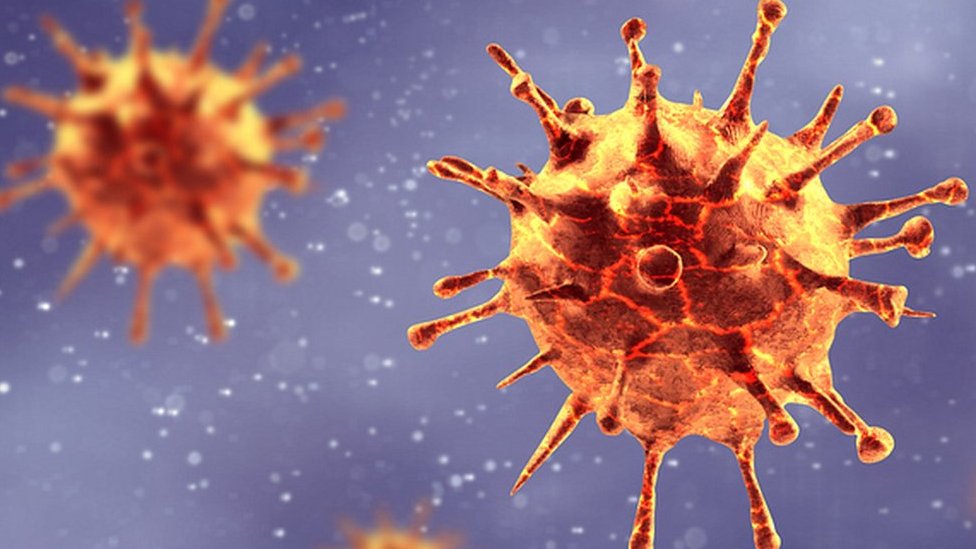Warming global temperatures could significantly expand the geographic range of deadly fungi responsible for millions of infections each year, according to a new study from researchers at the University of Manchester. Scientists say the world remains largely unprepared for the public health threat.
The study, currently under peer review, used climate modeling to predict the spread of Aspergillus — a common group of fungi that can cause a severe lung infection known as aspergillosis. The findings suggest that climate change may drive Aspergillus into new regions across North America, Europe, China and Russia, potentially putting millions more people at risk.
“Fungal pathogens will likely impact most areas of the world in the future,” said Norman van Rijn, a researcher specializing in climate change and infectious diseases at the University of Manchester.
Rising Threat, Limited Understanding
Fungi are omnipresent in nature and critical to ecosystems, but some can be deadly to humans. Aspergillus spores are inhaled daily by most people without consequence. However, for those with compromised immune systems — including cancer patients, transplant recipients, and individuals with lung conditions like asthma or cystic fibrosis — the fungus can become invasive and life-threatening.
Invasive aspergillosis carries mortality rates of 20% to 40% and is notoriously difficult to diagnose. Symptoms often mimic common illnesses, such as fever and coughing, which can delay appropriate treatment.
Globally, fungal infections are estimated to kill 2.5 million people each year, but researchers believe the true toll may be higher due to a lack of surveillance and data.
Climate as a Catalyst
The study found that two major Aspergillus species could expand their reach significantly by 2100 if high greenhouse gas emissions persist.
-
Aspergillus flavus, which favors hot, tropical climates and is resistant to many antifungal drugs, could increase its range by 16%, potentially spreading into northern parts of the U.S., China, and Russia. The species is also a known contaminant of food crops, raising concerns about food safety.
-
Aspergillus fumigatus, more common in temperate regions, may expand northward toward the Arctic. Researchers estimate its range could grow by 77.5%, potentially exposing an additional 9 million people in Europe.
Conversely, some tropical regions may become too hot for the fungi to survive, which could have ecological implications, as fungi are vital to soil health and other environmental processes.
Van Rijn noted that fungi may also be adapting to warmer temperatures, increasing their ability to survive in the human body — a trait that could make fungal infections more common and severe.
Environmental Disruption and Fungal Spread
Extreme weather events — including droughts, floods and hurricanes — may contribute to the dispersal of fungal spores across long distances. For instance, a spike in fungal infections followed a 2011 tornado in Joplin, Missouri.
Public health experts say the study underscores how little is known about fungal threats, even as their impact grows.
“This research rightfully shines a light on the threat of fungi in our environment and how underprepared we are to cope with shifts in their prevalence,” said Elaine Bignell, co-director of the MRC Centre for Medical Mycology at the University of Exeter. She was not involved in the study.
Cases on the Rise
In the U.S., researchers have tracked a steady rise in aspergillosis cases. A study led by Justin Remais, professor of environmental health sciences at the University of California, Berkeley, found more than 20,000 cases between 2013 and 2023 — with incidence increasing roughly 5% per year.
“Fungal pathogens are becoming increasingly common and resistant to treatment, and we are only beginning to understand how climate change is contributing,” Remais said.
The World Health Organization classified Aspergillus flavus as a critical priority in 2022 due to its threat to public health and drug resistance.
Bignell added that fungal diseases remain under-recognized compared to those caused by bacteria, viruses, or parasites — despite their high mortality rate.
“There is a desperate need to reverse this trend,” she said. “Any of us in the future might be affected.”



